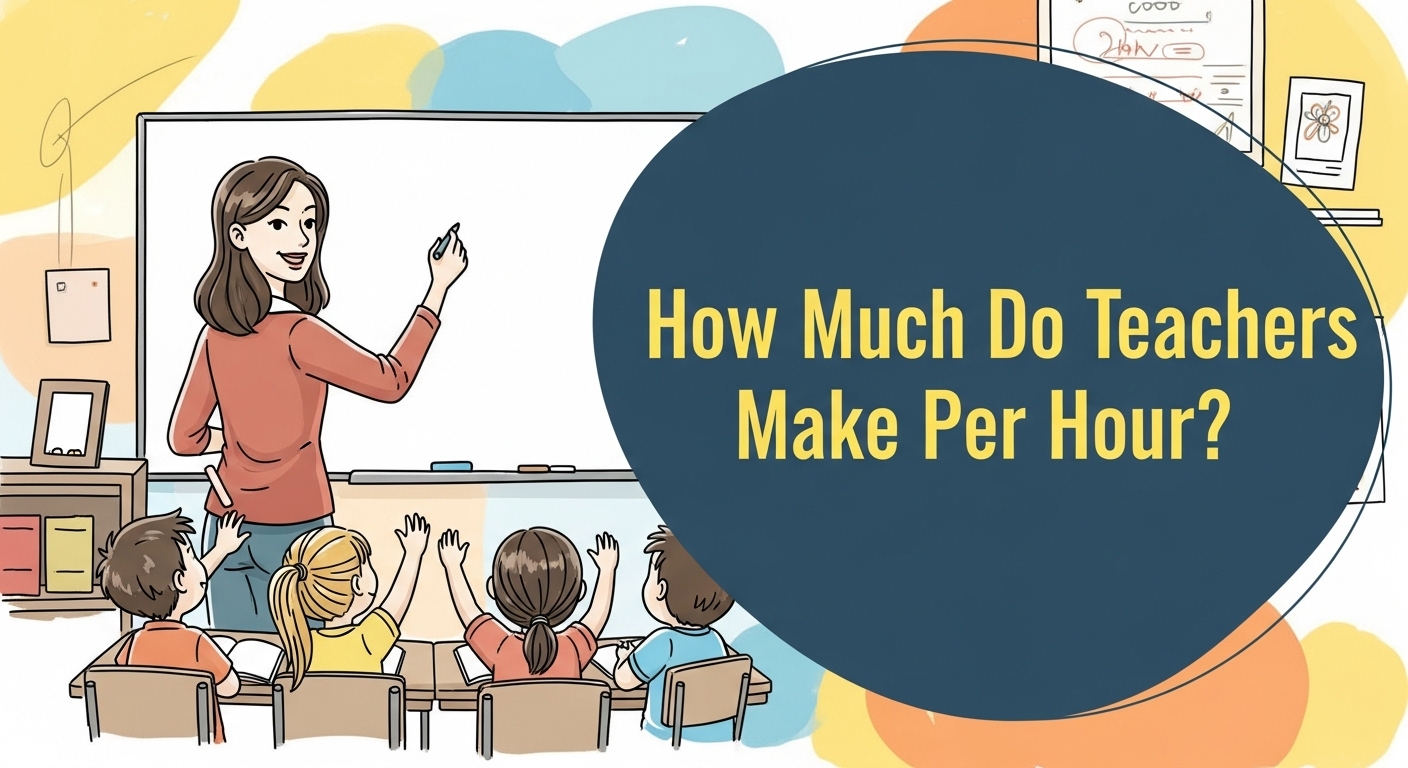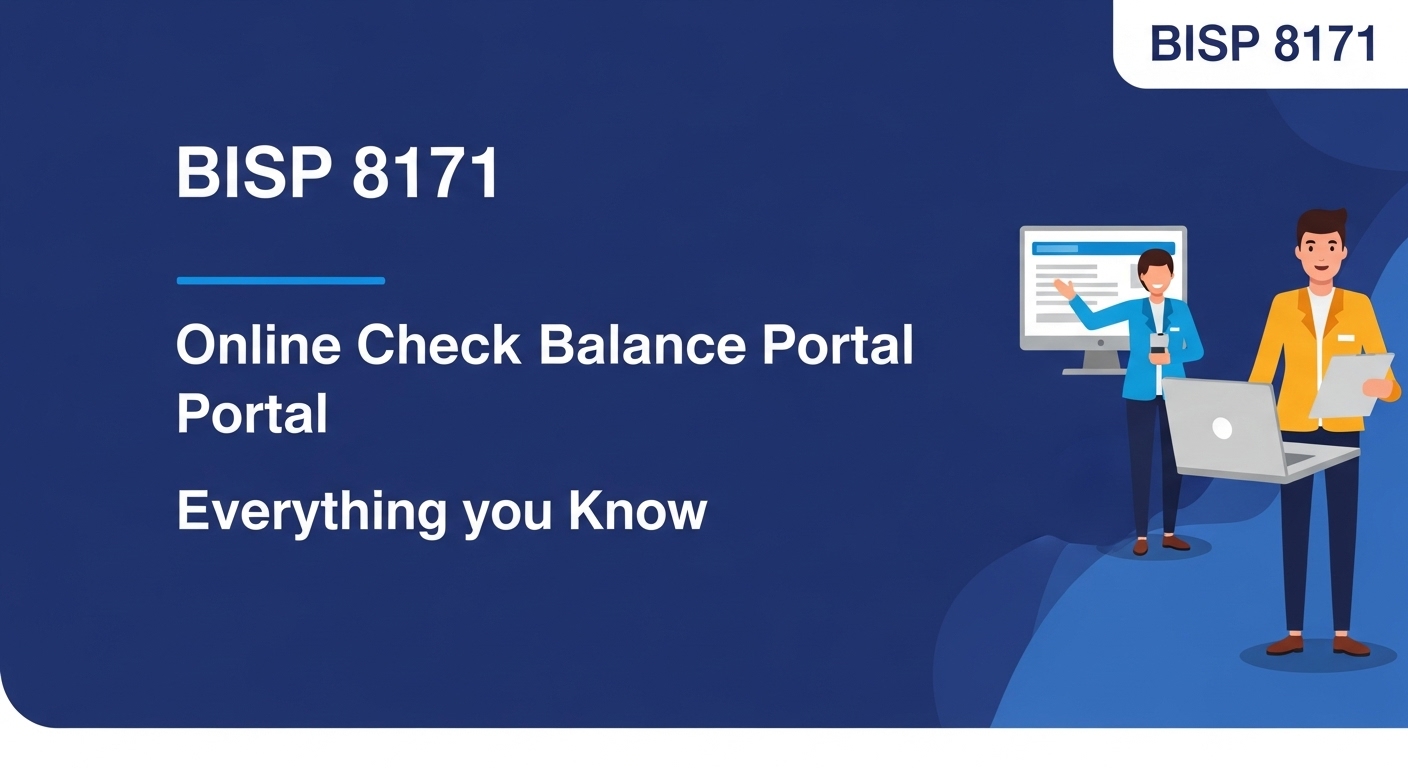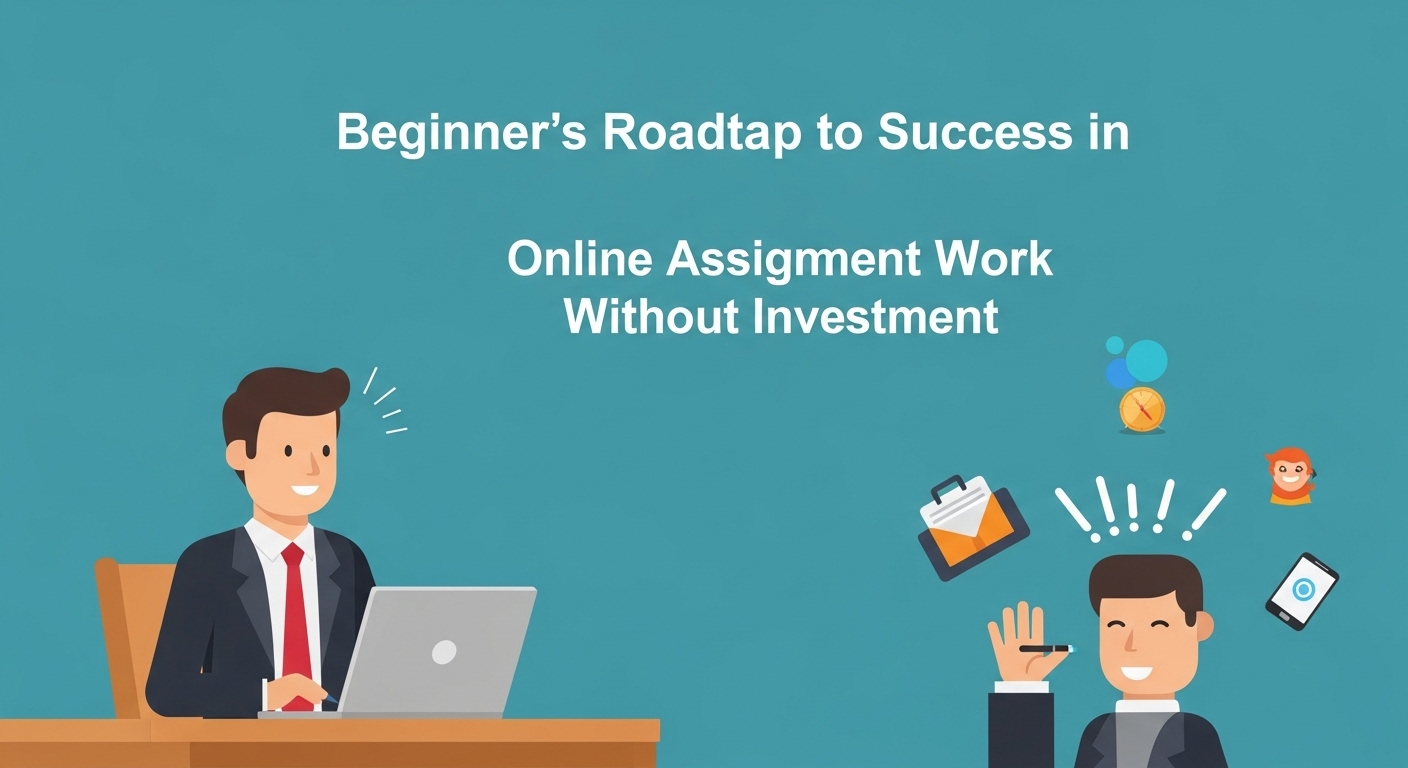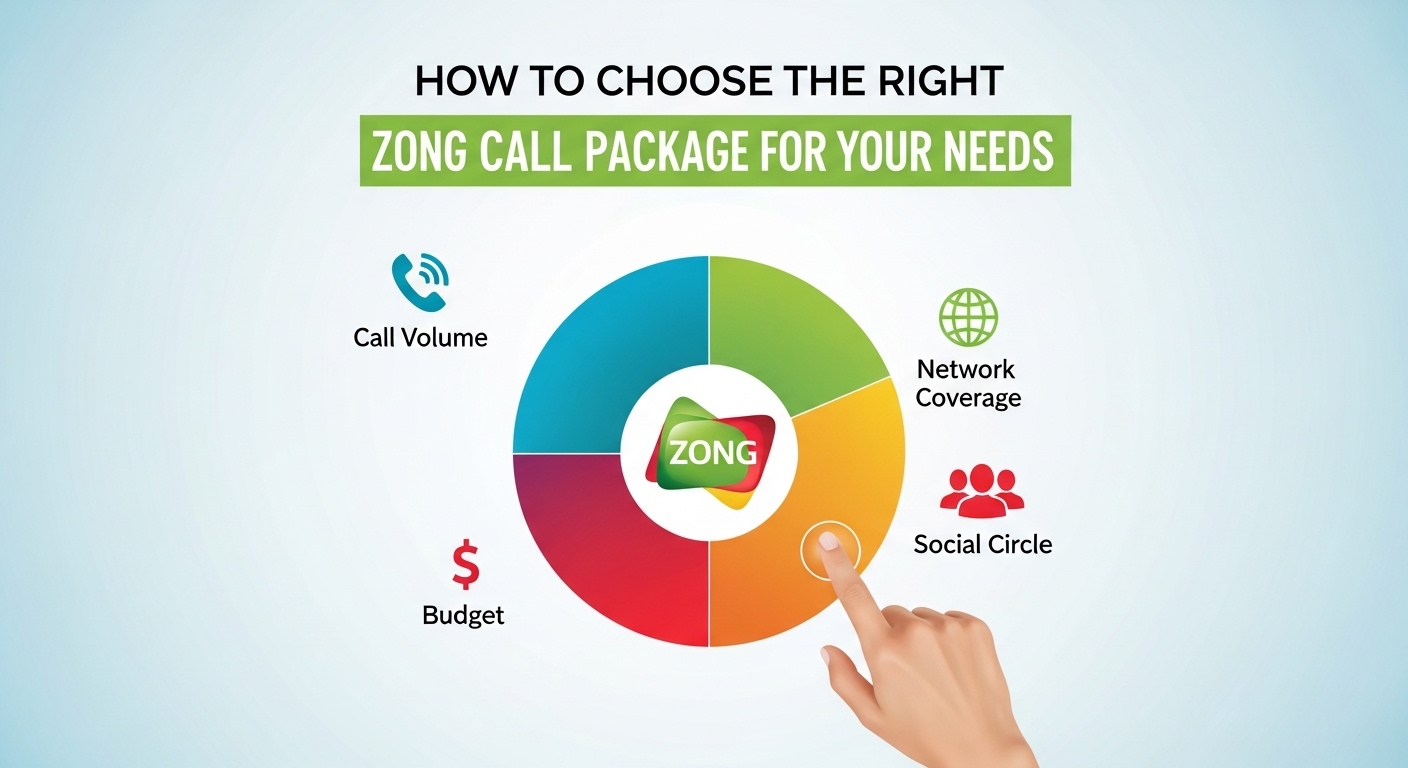
How Much do Teachers make? This is one of those questions that cause a heated debate when raised every year, but the situation becomes even more intense now that we are asking teachers to mold the characters of future generations. The salaries of teachers differ drastically from place to place, depending on the grade levels of the school, the years of previous professional experience, and oftentimes, on the level of education of an already practicing teacher. Except for some districts where the pay is very good, the rest of the regions are still behind in terms of salary. In this article, we will reveal the amount of money teachers receive, as well as the factors that drive the figures, and the still-existent pay gap.

There is prep time involved, parent meetings, and the necessity to be multitasking (including cooking while you answer the emails). Grading assignments during the weekend while all others are at brunch in the morning. Not to mention, on these occasions, the professional development often turns into a marathon of PowerPoint slides said to be endless.
So, how does that paycheck when augmented by all the unpaid hours come out to be?
What’s the Base Salary for Teachers?
The majority of U.S. public school teachers are paid monthly. Their wage is around $42,000 to $65,000 a year in general, primarily affected by the state, the number of years worked, and the district’s financial condition.
Due to the fact that it is a salary, you can’t take all the amount at once. To know the hourly wage, it is, therefore, necessary to do the opposite calculation from salary to hours. And things get difficult sometimes if we can’t agree on the honesty of the number of hours they work.
Breaking It Down Hourly
Imagine a teacher’s annual salary is $55,000. Say, the teacher is on paper 40 hours a week, 10 months a year. This means 1,600 hours are spent on the job every year. Thus, the teacher’s hourly pay is roughly $34.38.
However, no teacher in the world works only 40 hours. Just to name a few of the extra activities, planning, grading, being available after school, taking part in the life of the school, and tutoring? This amounts easily to 50-60 hours on a weekly—depending on the person, perhaps even more. The initial hourly rate falls. A few teachers, so you hear, claim that they work more towards 2,400 hours a year. This makes $55,000 look like $22.91 an hour. Besides, it doesn’t include all the spending that they pay out of their pockets to provide classroom supplies.
Teachers in High-Cost States
States like California or New York may have impressive salaries as a starting point. For example, in San Francisco, a high salary—$70,000+—is nothing new. But taking into consideration the extravagant costs, like rent off the top of my head, there’s nothing left. Living costs eat up these extra funds. You’re not swimming in money—you’re just keeping the wolf from the door. Nothing more than a small apartment and a modest bank account should be expected, especially if unforeseen classroom expenses pop up. It’s a reality check that hits harder than figuring out how to get rid of AI on Snapchat.
What About Summer?
Every time someone says, “You get summers off!” the people around the teachers would often smile in agreement. Technically, yes. But the majority do something during summers—revising or creating new material, teaching summer classes, or—let’s be honest—earning money with a side hustle. That’s a reality.
You can’t credit your vacation time to leisure. Instead, you will be helping youngsters with their academic work, doing babysitting, or even getting additional work from Uber or DoorDash.
Teaching Isn’t Just a Job
There is also emotional labor. Children bring their lives into the classroom, the trauma, the joy, the distraction, everything, but you are not paid extra for being part-time therapist, part mentor, and part stand-up comic when the class gets restless.
It takes a toll. Mentally. Physically. Financially.
Experience and Advanced Degrees
A master’s degree can increase your salary. But sometimes, not by much. In some districts, it could be a $1,000–$3,000 increase. It seems okay unless you consider the cost of a degree.
In some states, it is just a drop in the bucket. It’s not guaranteed to give you a good return for the investment. Even so, many professionals still go for it, wishing to have a successful long-term outcome. Sometimes, it happens. Sometimes, it just accumulates more debt.
Hourly Pay in Private Schools
On average, less is usually earned by private school educators. And yet, even with smaller class sizes, it does not spell less work. Besides, in most cases, the benefits are also fewer in number.
Indeed, it may be roughly $18–$25 if counted hourly, and this depends on the school and the region. Nevertheless, it often brings them a sense of special status and gives them a freer hand. Possibly, though it’s tough to tell for sure. It’s kind of a combination.
Side Hustles and Burnout
You know, it gets crazy in the sense that some teachers earn more through the work they do in addition to their regular jobs than they do solely from the classroom. Etsy shops, online tutoring, freelance writing. And the reason is not always that they want to. But they have to, in a sense.
It is a hard fact to accept. Moreover, burnout is becoming a serious problem and it’s rising. Young teachers with just one year experience are leaving the profession by the time they enter their third year. Older teachers feel like they are unheard voices. Although they do all of this hard work, it doesn’t always translate to a bigger salary.

Why the Numbers Don’t Tell the Whole Story
“Just give them a raise” sounds good. However, the situation is more complicated for the districts, entangled in politics, restricted budgets, and union negotiations. It’s not about the money any longer; it’s more about it not always being there—or if it is, it’s misallocated.
One of the essential aspects of teachers is to be patient. Filling out grant applications. Taking money from their pockets for basic materials such as markers, tissues, or books. They endure. It is more than a challenge. Nevertheless, they do not stop the workday.
How Much Do Teachers Make Per Hour?
That’s subjective information. On paper, perhaps $30 to $40. But if we count out unpaid hours, mental fatigue, and other pluses, the figure is much lower, can be as low as $20.
Is it fair? Well, it really depends on who you ask. One thing is for sure. It is not only the better wages that matter. It is also kids that matter. The reason why a person is doing this. The impact.
It is true that impact alone will not pay the electricity bill.
FAQs
1.What is the average hourly wage for teachers in the U.S.?
The average hourly wage usually is in the ballpark of $20–$30 an hour if we average the expected number of unpaid hours.
2.Do teachers get paid during the summer?
Not always. Some earn the bulk of their money all year round; however, most teachers will not work (or get paid) during the summer unless they are given additional roles.
3.Which states pay teachers the most per hour?
It is commonly the case that California, New York, and Massachusetts are the high paying states, i.e., the salary average is high, so the hourly rates are correspondingly high.
4.Do private school teachers earn more than public school teachers?
Public school teachers generally tend to earn more. The private school teacher’s pay is generally low; even so, the salary variance can be felt across the board.
5.Is a career in teaching rewarding, in terms of finance?
That is subjective. In fact at the monetary dimension, it is not the most lucrative profession, but many argue that the satisfaction they derive from it goes far beyond the paycheck.

John Mike is a digital trends enthusiast and the mind behind this blog. He writes about social media, AI, online earning, and digital business to help readers stay ahead in the online world.







